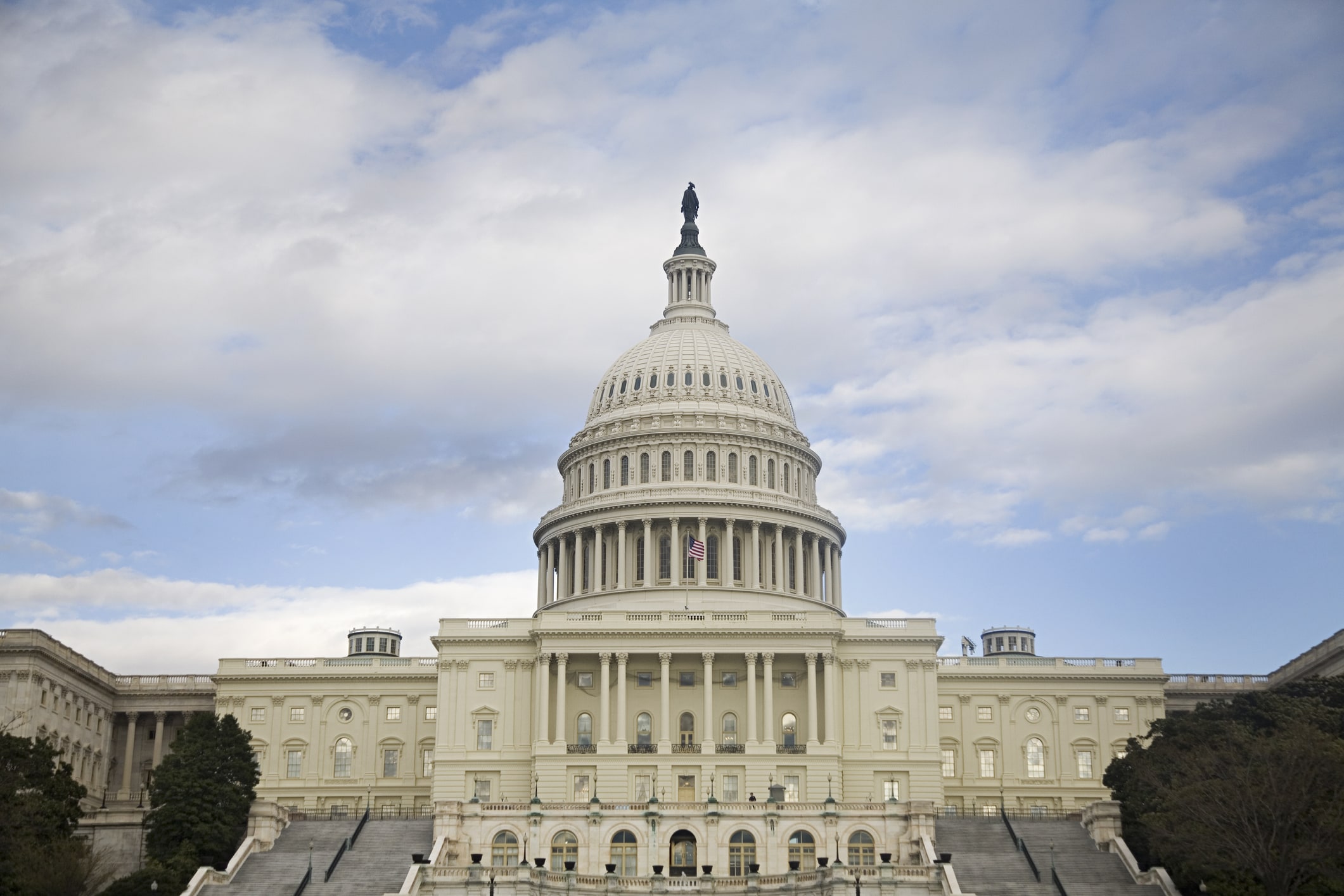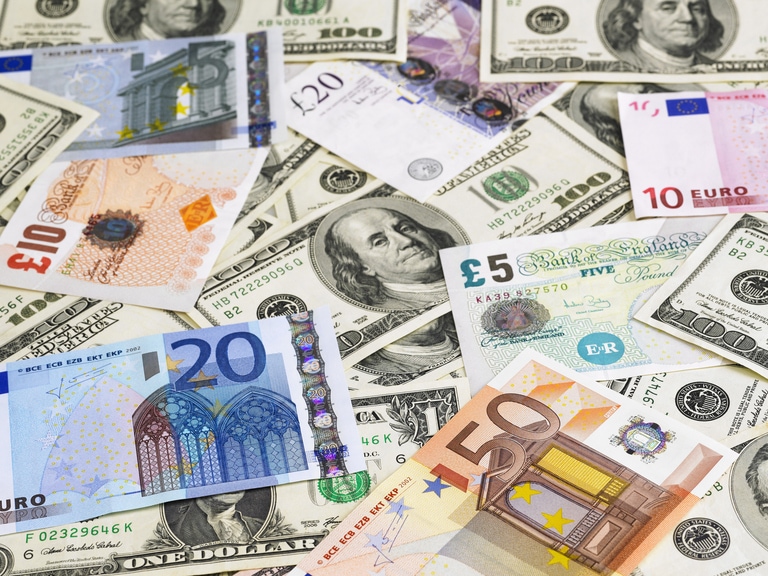With both the US and UK markets closed yesterday, there was a rather tepid response to the weekend news that the White House and Republican leaders had agreed a deal to raise the debt ceiling, as European markets finished a quiet session slightly lower.
The deal, which lays out a plan to suspend the debt ceiling beyond the date of the next US election until 1 January 2025, will now need to get agreement from lawmakers on both sides of the political divide to pass into law. That could be the hardest part given that on the margins every vote is needed, which means partisan interests on either side could derail or delay a positive outcome. A vote on the deal could come as soon as tomorrow, with a new deadline of 5 June cited by US treasury secretary Janet Yellen.
US markets, which had been rising into the weekend on the premise that a deal was in the making, look set to open higher when they open later today, however markets in Europe appear to be less than enthused. That’s probably due to concerns over how the economic recovery in China is doing, with recent economic data suggesting that confidence there is slowing, and economic activity is declining. Nonetheless, while European stocks have struggled in recent weeks, they are still within touching distance of their recent record highs, although recent increases in yields and persistent inflation are starting to act as a drag. This is likely to be the next major concern for investors in the event we get a speedy resolution to the US debt ceiling headwind.
We’ve already seen the US dollar gain ground over the last three weeks as markets start to price in another rate hike by the Federal Reserve next month, and more importantly start to price out the prospect of rate cuts this year. Last week’s US and UK economic data both pointed to an inflationary outlook that is much stickier than was being priced a few weeks ago, with core prices showing little sign of slowing.
In the UK core prices surged to a 33-year high of 6.8%, while US core PCE edged up to 4.7% in April, meaning pushing back any possible thoughts that we might see rate cuts as soon as Q3. At this rate we’ll be lucky to see rate cuts much before the middle of 2024, with the focus now set to shift to this week’s US May jobs report on Friday, although we also have a host of other labour market and services data between now and then to chew over.
The last few weeks have seen quite a shift, from the certainty that the Federal Reserve was almost done when it comes to rate hikes, to the prospect that we may well see a few more unless inflation starts to exhibit signs of slowing markedly in the coming months. In the EU we are also seeing similar trends when it comes to sticky inflation, with tomorrow’s flash CPI numbers for May expected to show some signs of slowing on the headline number, but not so much on the core measure.
On the data front today we have the latest US consumer confidence numbers for May, which are expected to evidence a modest slowdown from 101.30 in April to 99, the lowest levels since July last year.
EUR/USD – has so far managed to hold above the 1.0700 level, with a break below arguing to a move back towards 1.0610. We need to see a rebound above 1.0820 to stabilise.
GBP/USD – holding above the 1.2300 area for now with further support at the April lows at 1.2270. We need to recover back above 1.2380 to stabilise.
EUR/GBP – currently struggling to move above the 0.8720 area, with main resistance at the 0.870 area. A move below current support at 0.8650 could see a move towards 0.8620.
USD/JPY – having broken above the 139.60 area this now becomes support for a move towards 142.50 which is the 61.8% retracement of the down move from the recent highs at 151.95 and lows at 127.20. Further support remains back at the 137.00 area and 200-day SMA.






